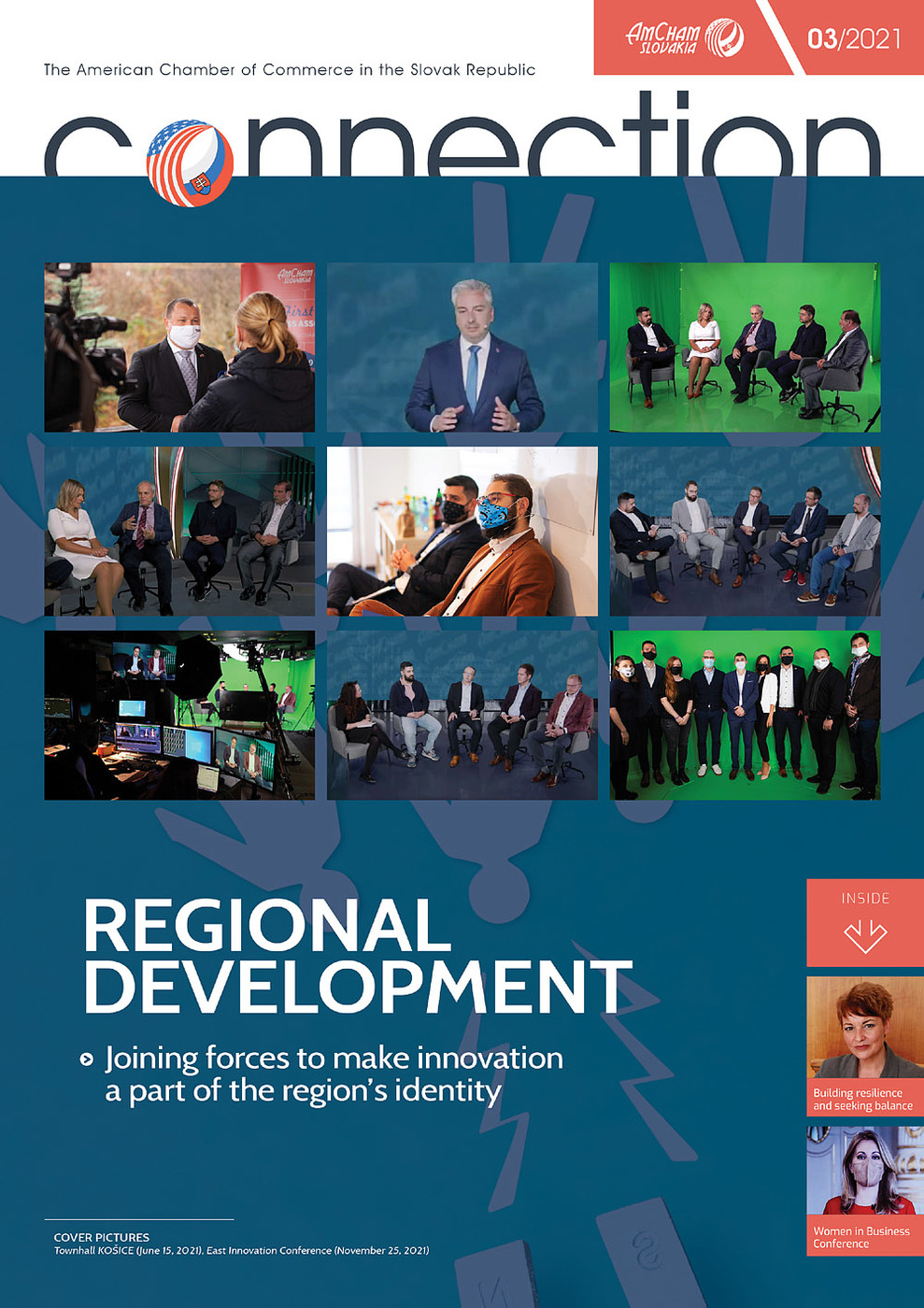The completion of the cross-country D1 highway has been a priority of most post-1993 governments. None has managed to complete it to date. Sooner than the Slovak branch, the two largest Slovak cities will be connected through Hungary. In Slovakia, the D1 still lacks three stretches in northern Slovakia, and it is hard to say when they will be completed.
“The current state of the last stretch between Turany and Hubová, the construction of which has not even started yet, makes it impossible to say when the highway between Košice and Bratislava will be finished,” said Ivan Rudolf, spokesperson of the Transport Ministry.
The delay in constructing the important roads is only one of the problems the transport department has to deal with. One of the weak points is that the highways or express dual-carriageways are often constructed in the sections where they are not needed at all, and that the ministry does not pay enough attention to the maintenance of the first-class roads that may often replace them.
“Previous governments used to declare many priorities and create expectations in every corner of Slovakia,” said Ján Kovalčík, analyst with the INEKO think tank, adding that these promises often have not come to fruition. “The weak results were covered with even bigger promises, which only led to people being more frustrated.”
Many unsolved problems
The National Highway Company (NDS) currently manages about 800 kilometres of highways and dual-carriageways. The number will increase soon as it plans to open the stretches of the D1 between Hričovské Podhradie and Lietavská Lúčka near Žilina, and of the D3 near Čadca.
It is also running several public procurements that have entered the final phase, including the stretch of the R2 dual-carriageway near Košice and the R3 near Tvrdošín, said its spokesperson Eva Žgravčáková. The new stretches are being completed slowly. Under the previous government, for example, no new kilometres were added in 2018, while only slightly more than 14 new kilometres became available in 2019.
Ľubomír Palčák of the Research Institute of Transport (VÚD) stresses that the preparation and construction of highways and dual-carriageways is a long and difficult process that stretches through several governments, which is why it is not right to evaluate the efficiency based on how many stretches are open. However, Ondrej Matej, head of the Institute for Transport and Economy (IDH), is quite critical of the performance of the previous Transport Ministry’s management. It failed to successfully manage several projects that already were under construction (like the missing D1 stretches), and the preparation of other projects (including the D1/D4 junction that is part of the D4/R7 ring road), he said.
“Unfortunately, the previous government failed to prepare enough new projects,” Matej explained. “The reason is that with every new government, the priorities for the road infrastructure construction are changed politically, not based on the parameters like the intensity of transport and transport hubs. Another problem is the replacement of experts with political nominees.”
Priorities set
The current cabinet approved a new plan for the road infrastructure construction, co-authored by the Value for Money Unit (ÚHP) running under the Finance Ministry. Among other things, the plan sets priorities for building the roads, taking into consideration criteria like the current traffic burden and the placement on the map of international EU transit corridors, which Slovakia should finish by 2030.
Kovalčík considers it a positive sign. The document defines ways to set priorities for the infrastructure projects, in his opinion. “This was missing before, and the priorities often resulted from the wishes of the ruling coalition or ministers and parties they represented,” he added. “It will now be important how the minister handles the recommendations and tasks arising from the document.”
The efficiency of PPP projects
Like the previous governments, the current ruling one is considering constructing certain stretches via public-private partnership (PPP) projects. The ministry has selected four sections worth about €4 billion. This includes the D1 stretch between Turany and Hubová, the R4 stretch from Prešov to the state borders, the R1 stretch through Donovaly, and the D4 stretch with the Karpaty tunnel.
Although the ministry has not officially confirmed the list, it admitted that the PPP is one of the tools for financing the construction if the state cannot use EU funds. However, this method of financing is much more expensive than the EU funds, which is a direct contribution to the project co-financed from the state budget. The concessionaire selected to participate in the PPP project usually designs the road, builds and then operates it for 30 years in return for a regular annual instalment.
“The involvement of a different investment capital is usually more expensive, but it is used for sections where the state can transfer most risks to its private partner,” Palčák said.
It is suitable to use this form of financing in projects which the state cannot finance from its own or EU sources and is highly risky, he added. Matej agrees and adds that one of the most suitable sections to use the PPP projects would be the D1 stretch between Turany and Hubová. Kovalčík opposes the idea. Several international studies suggest that PPP projects should not be used for sections with a high share of risks that cannot be managed by the concessionaire. These include difficult tunnel sections in areas with a potentially risky geological profile, he added.
“Paradoxically, two-thirds of this D1 stretch should lead through a tunnel, which is in a very geologically unpredictable terrain,” Kovalčík explained. He considers the PPP more suitable for projects that can bring higher savings and more efficiency than if built by the state. Moreover, the previous governments often opted for PPP when they tried to avoid EU rules as the costs on these projects are not immediately added to the country’s public debt.
***
This article was originally published by The Slovak Spectator, its full version can be found here: https://spectator.sme.sk/c/22499896/highways-do-not-solve-every-regional-traffic-problem.html
Radka Minarechová, Staff writer, The Slovak Spectator



Follow us